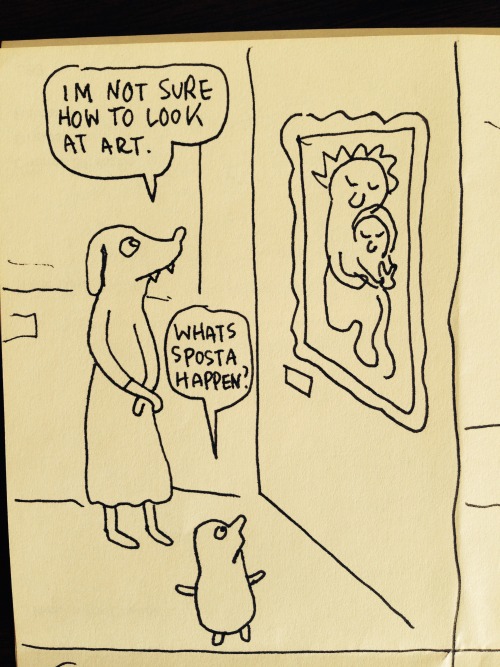Century-Scale Storage
lil.law.harvard.edu
Maxwell Neely-Cohen:
We are on the brink of a dark age, or have already entered one. The scale of art, music, and literature being lost each day as the World Wide Web shifts and degenerates represents the biggest loss of human cultural production since World War II. My generation was continuously warned by teachers, parents, and authority figures that we should be careful online because the internet is written in ink, and yet it turned out to be the exact opposite. As writer and researcher Kevin T. Baker remarked, “On the internet, Alexandria burns daily.”









